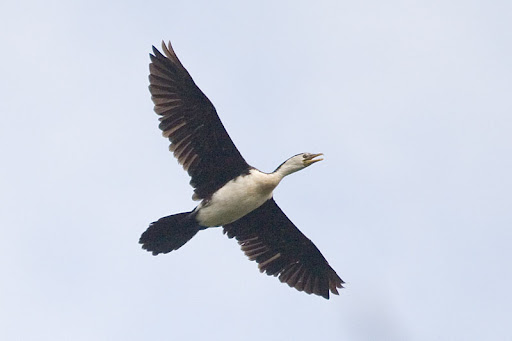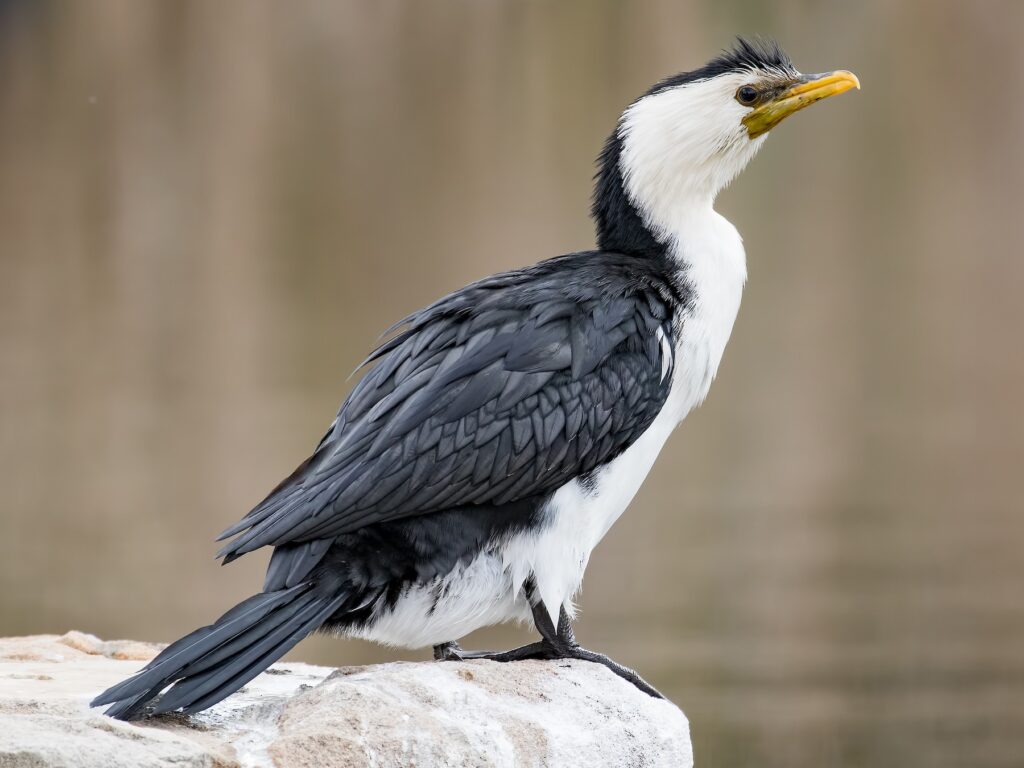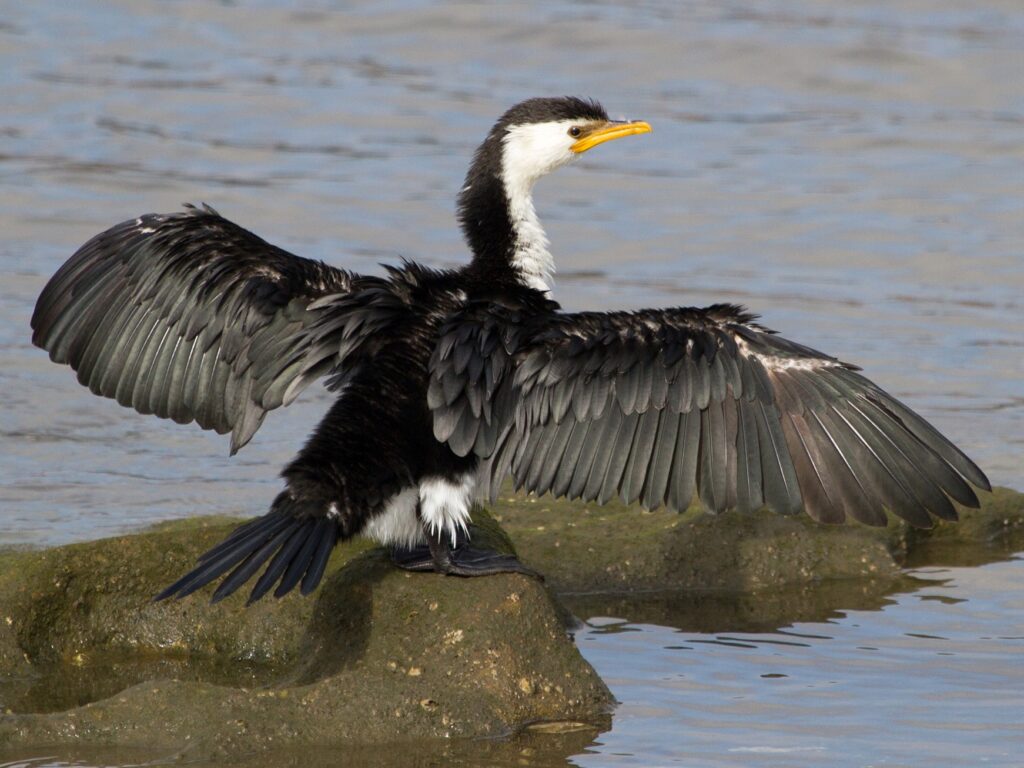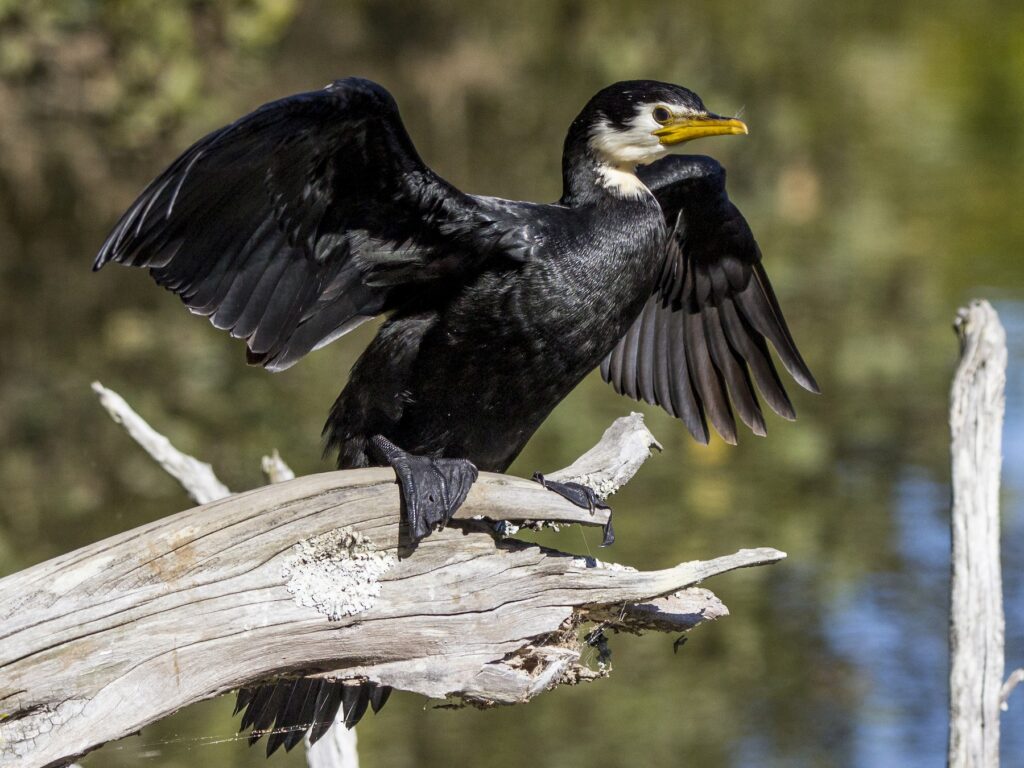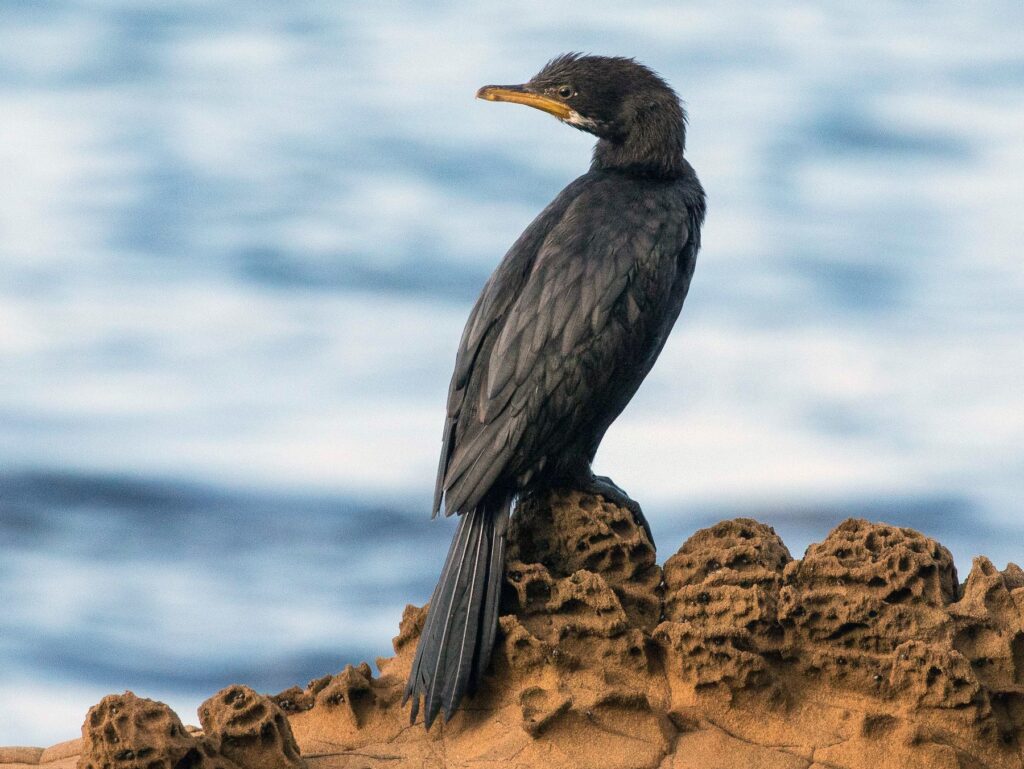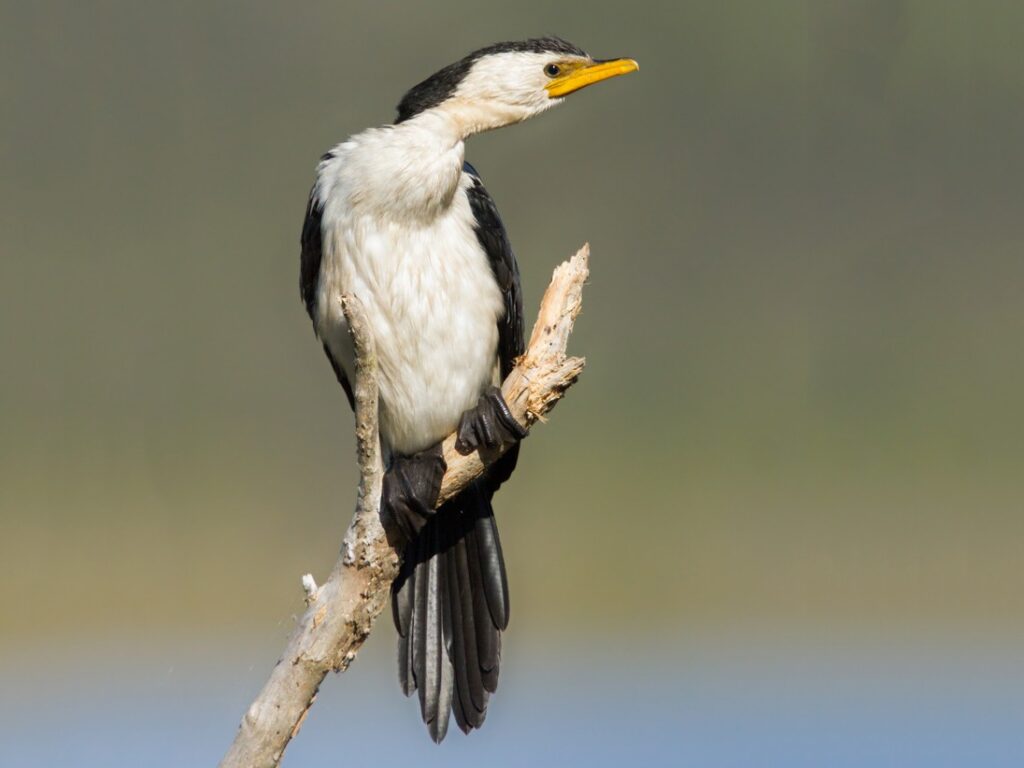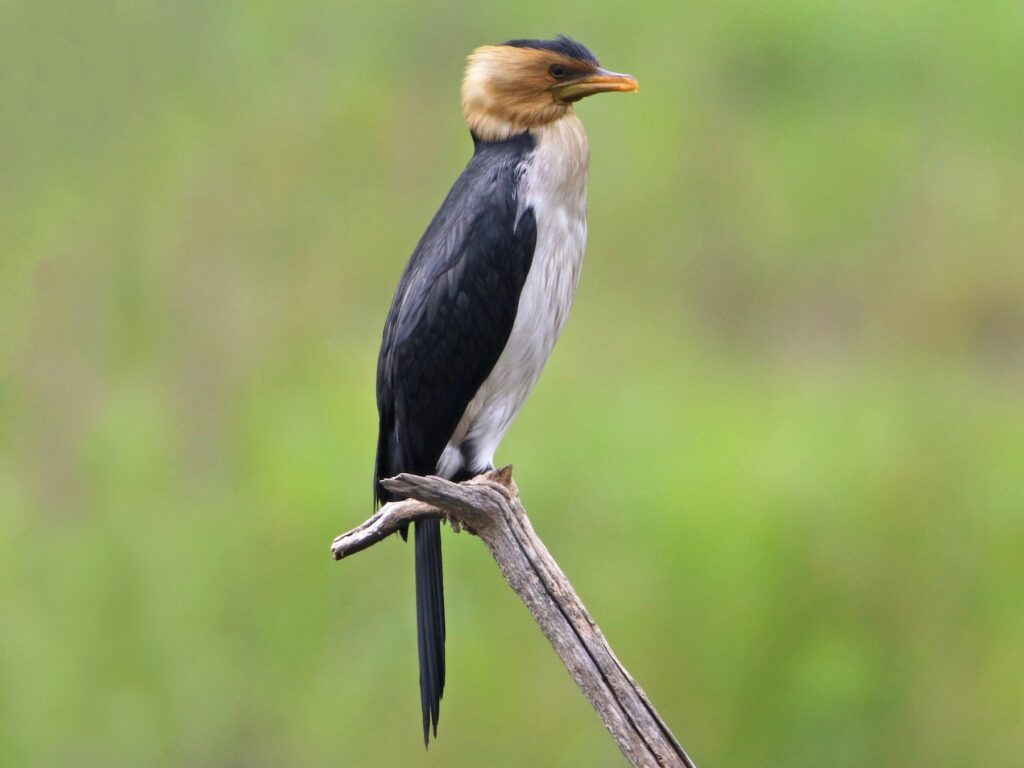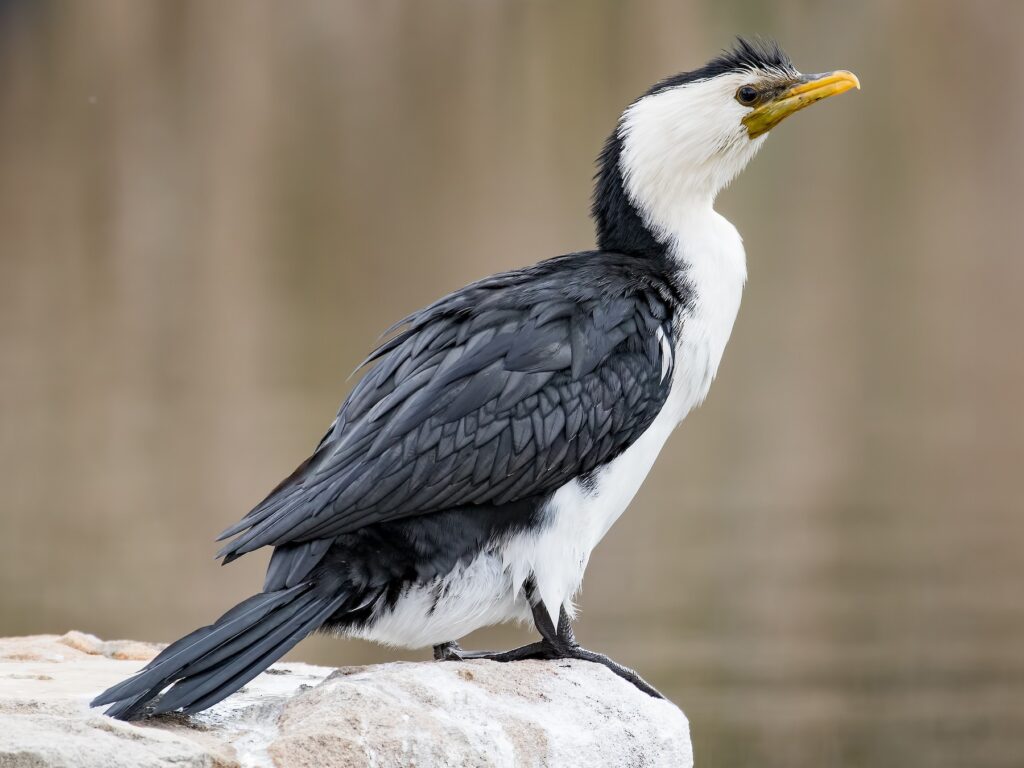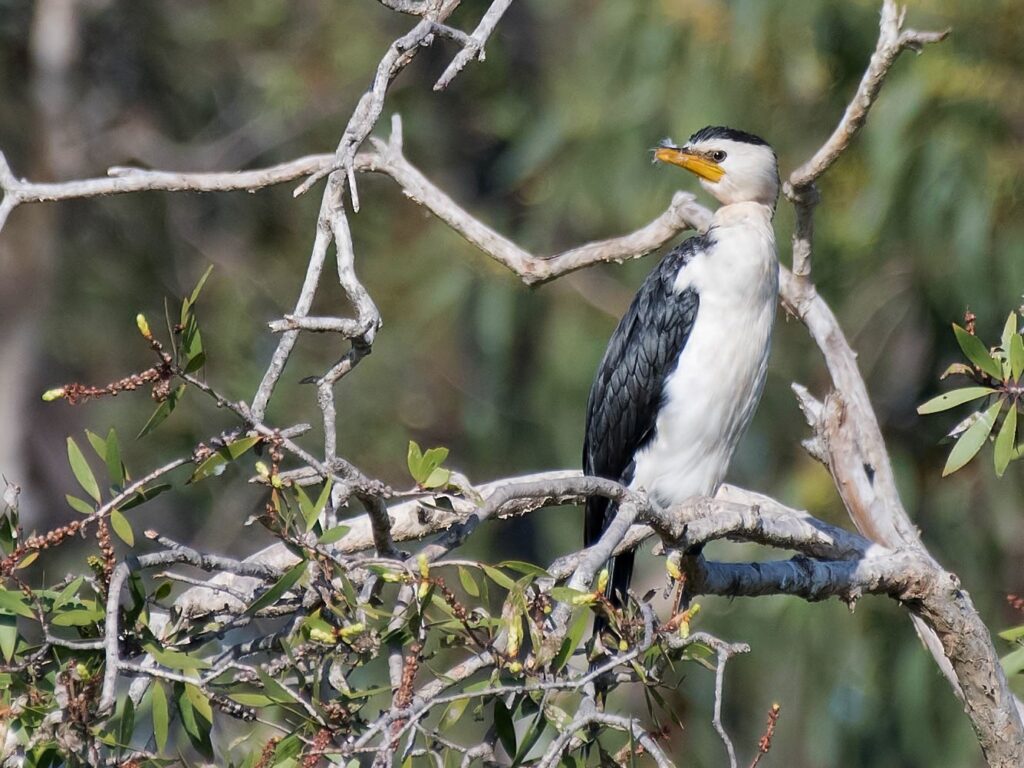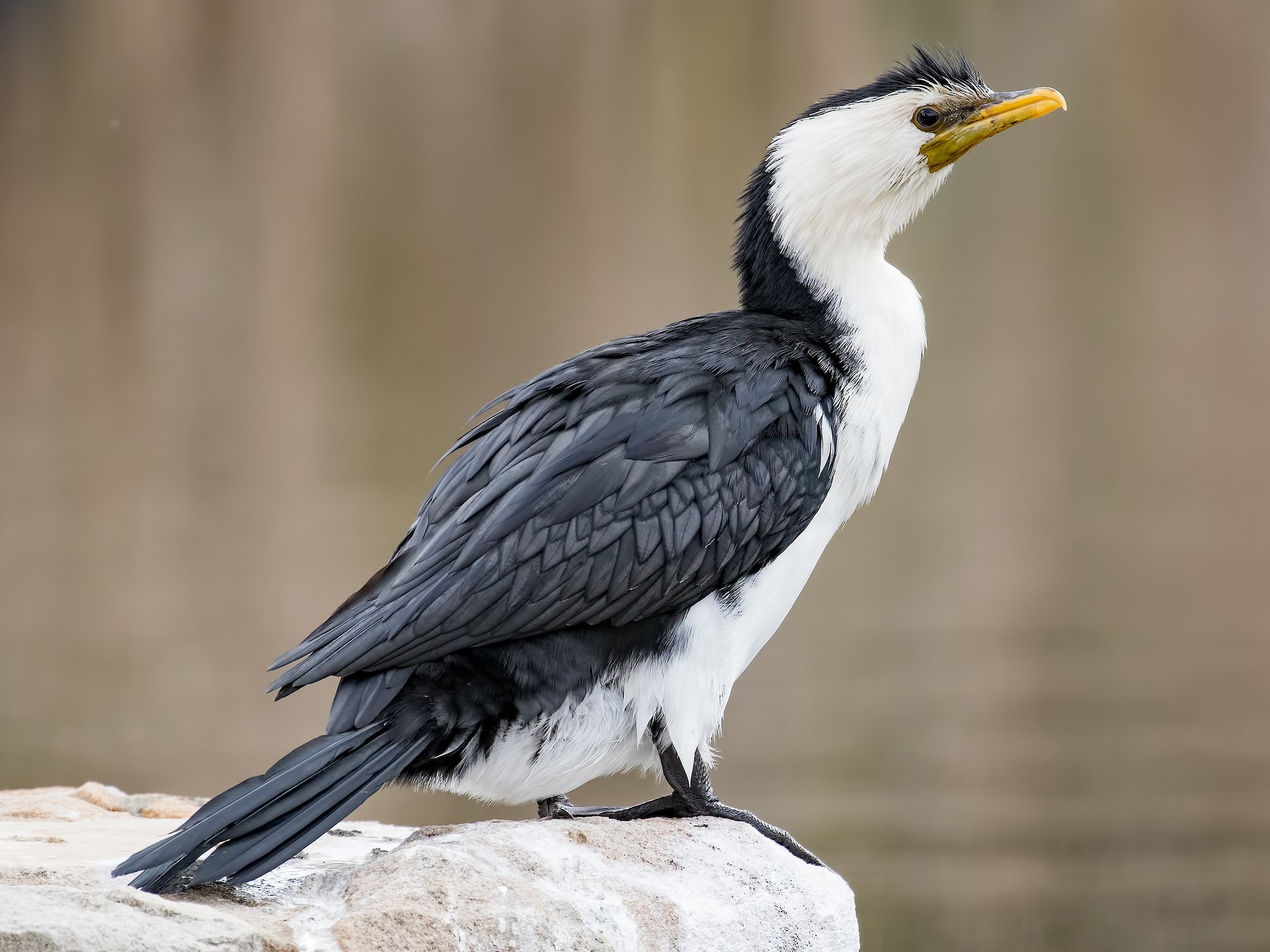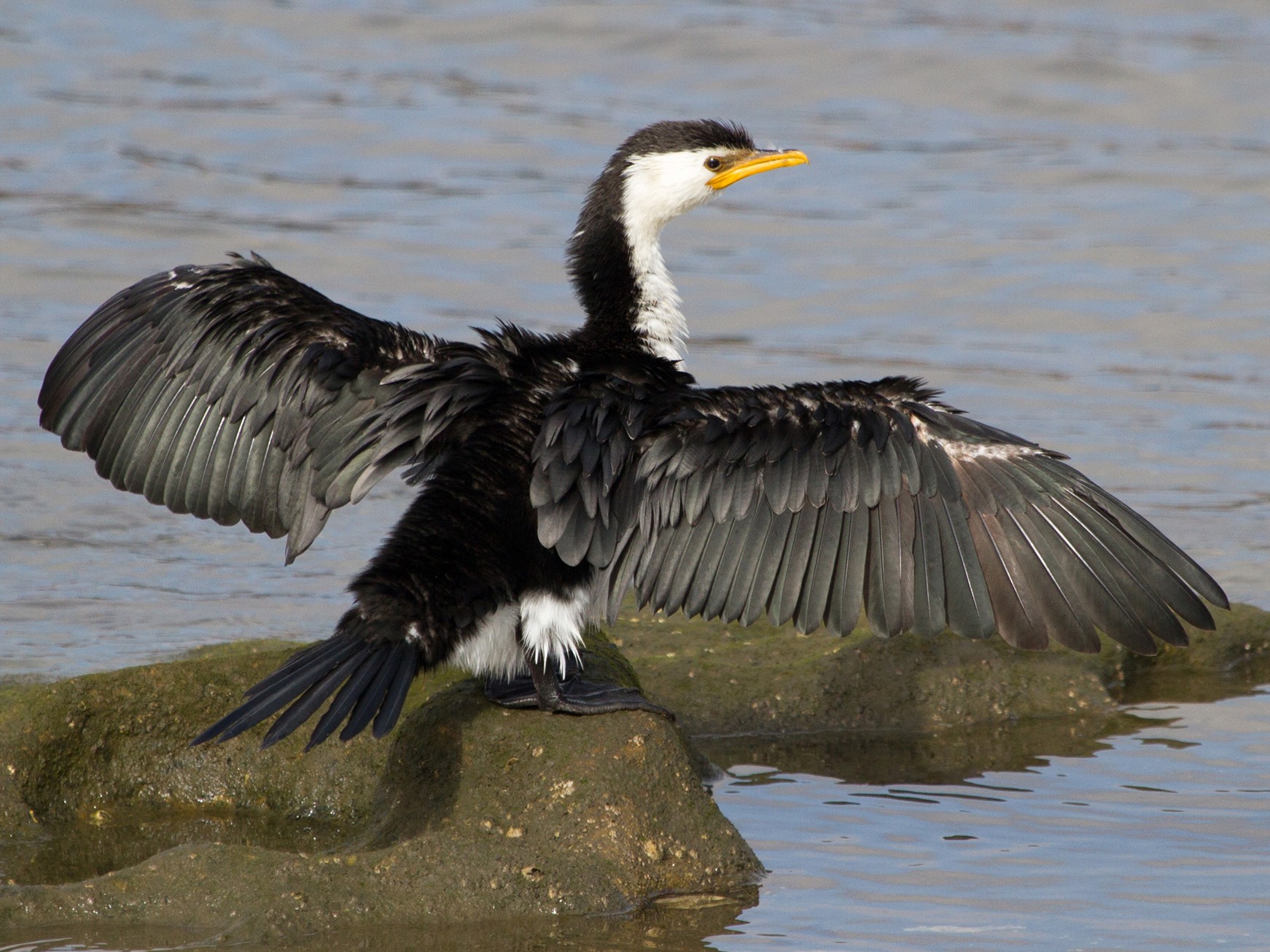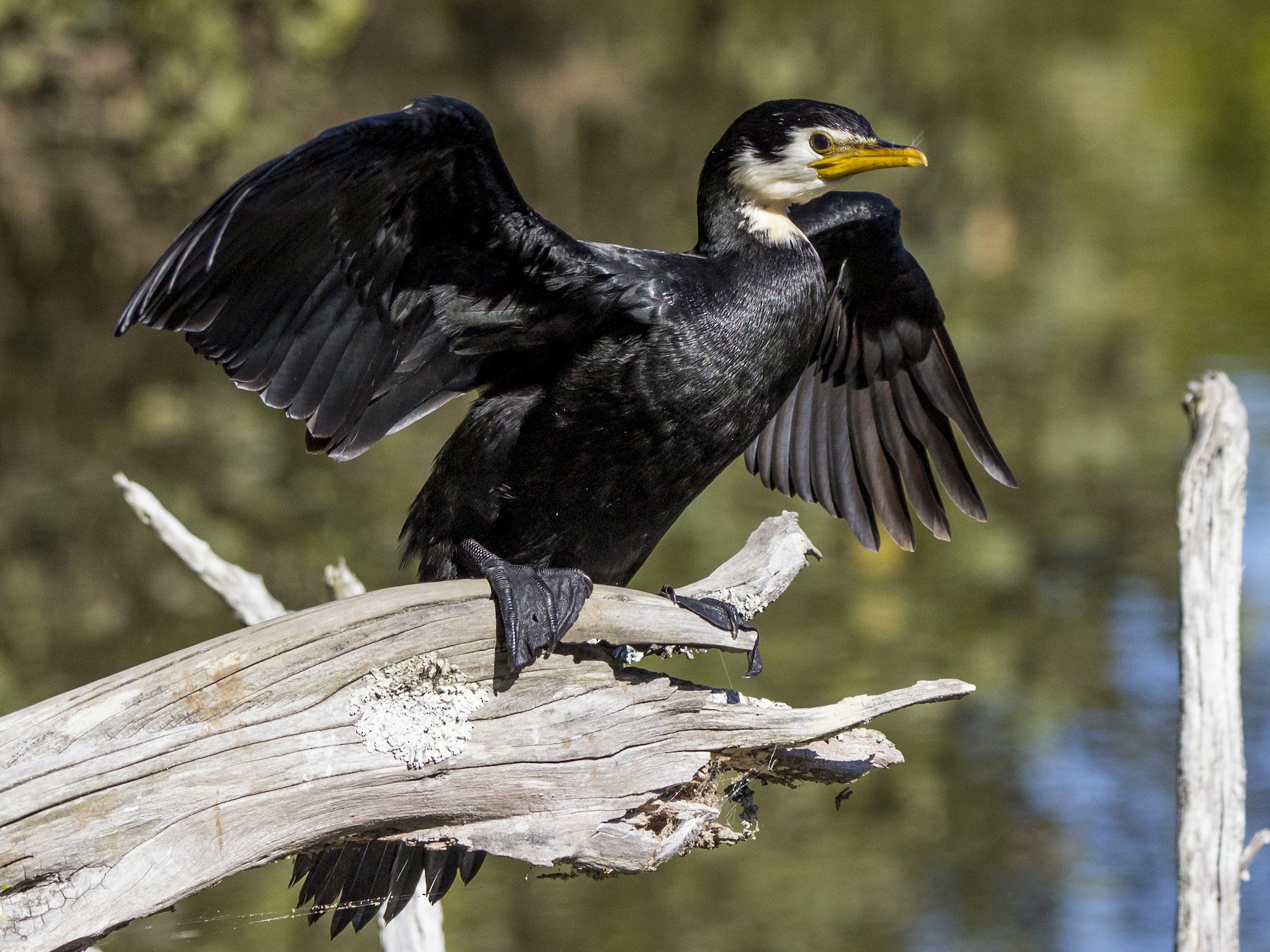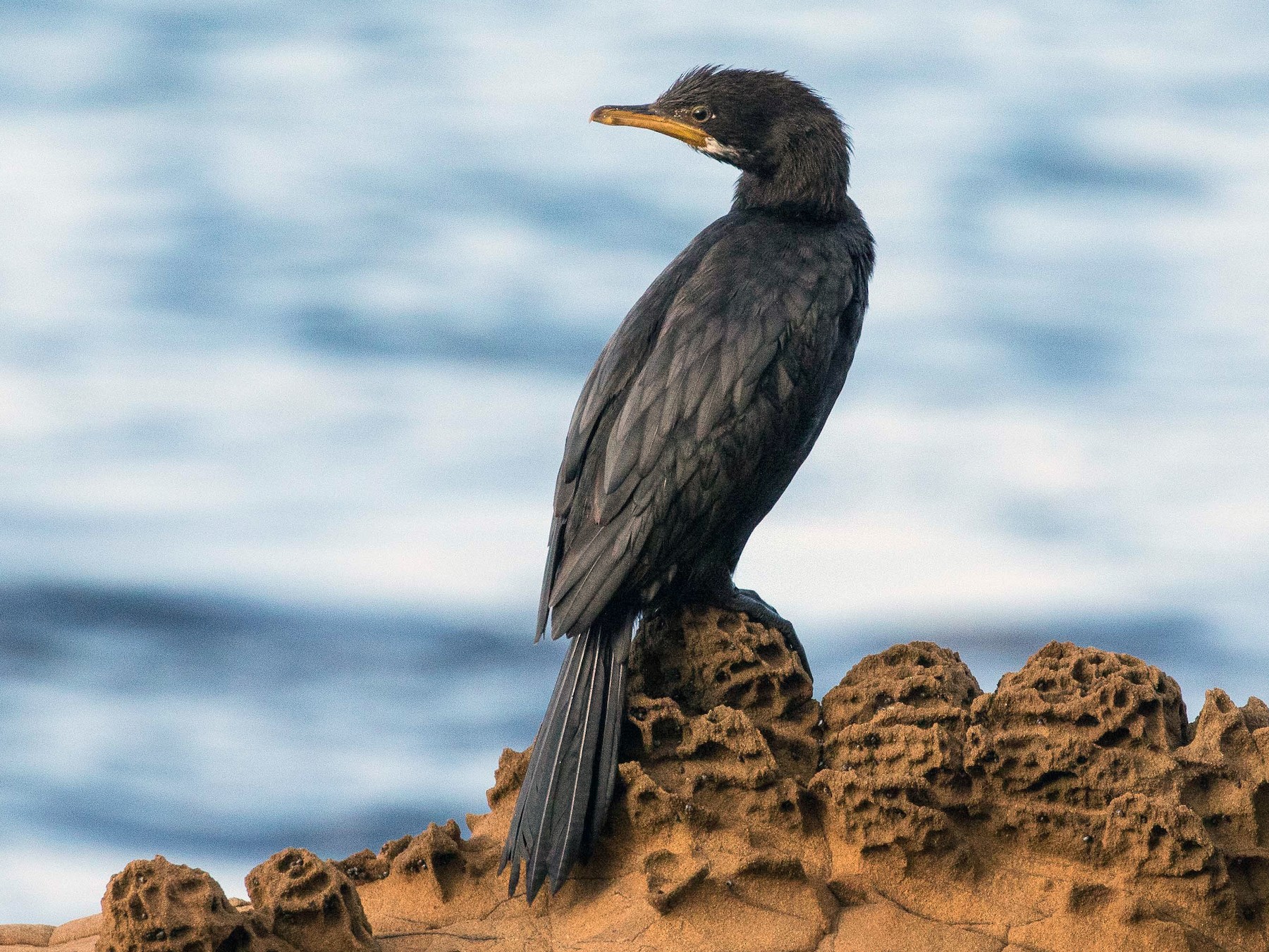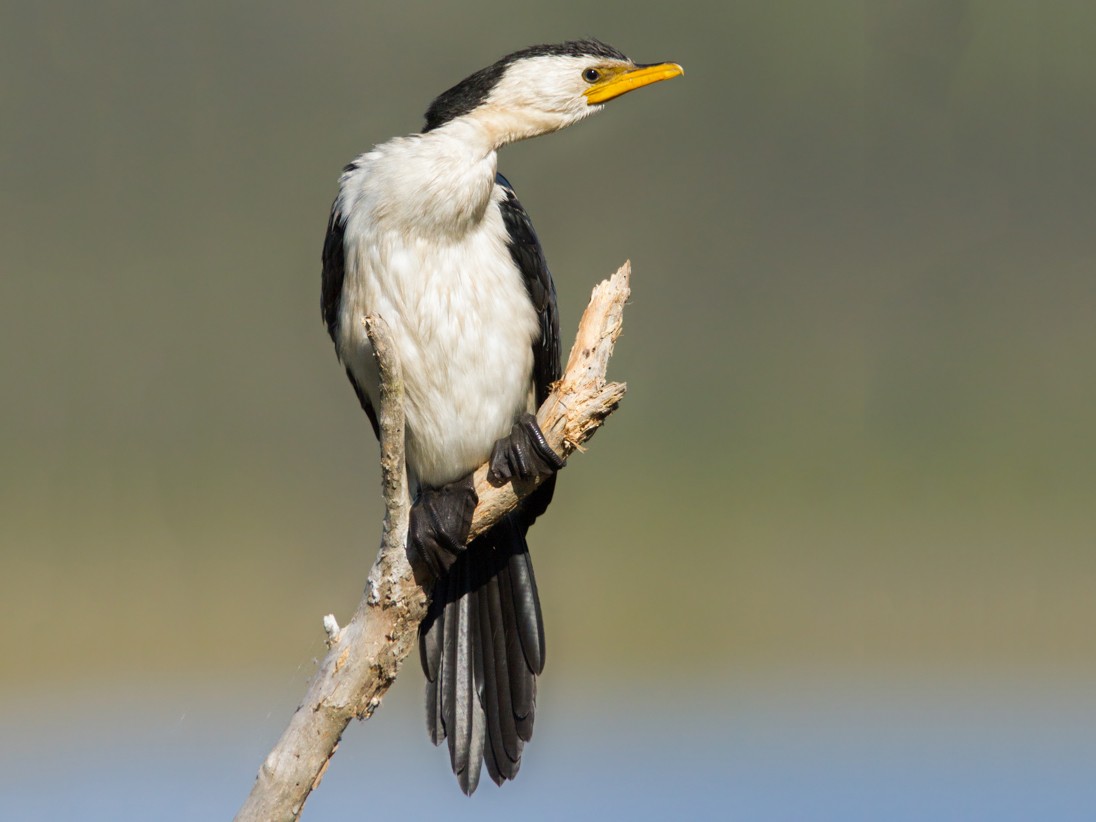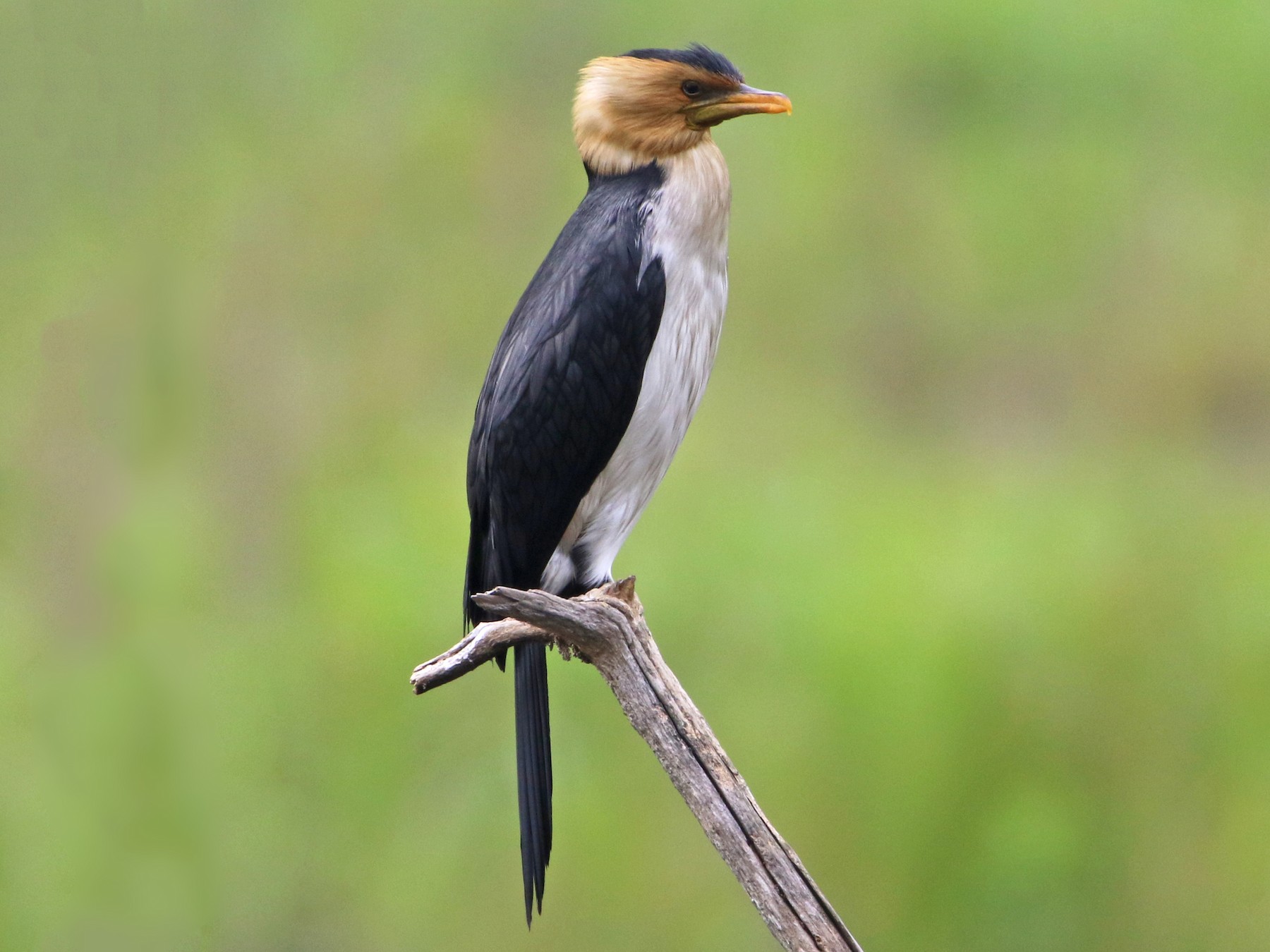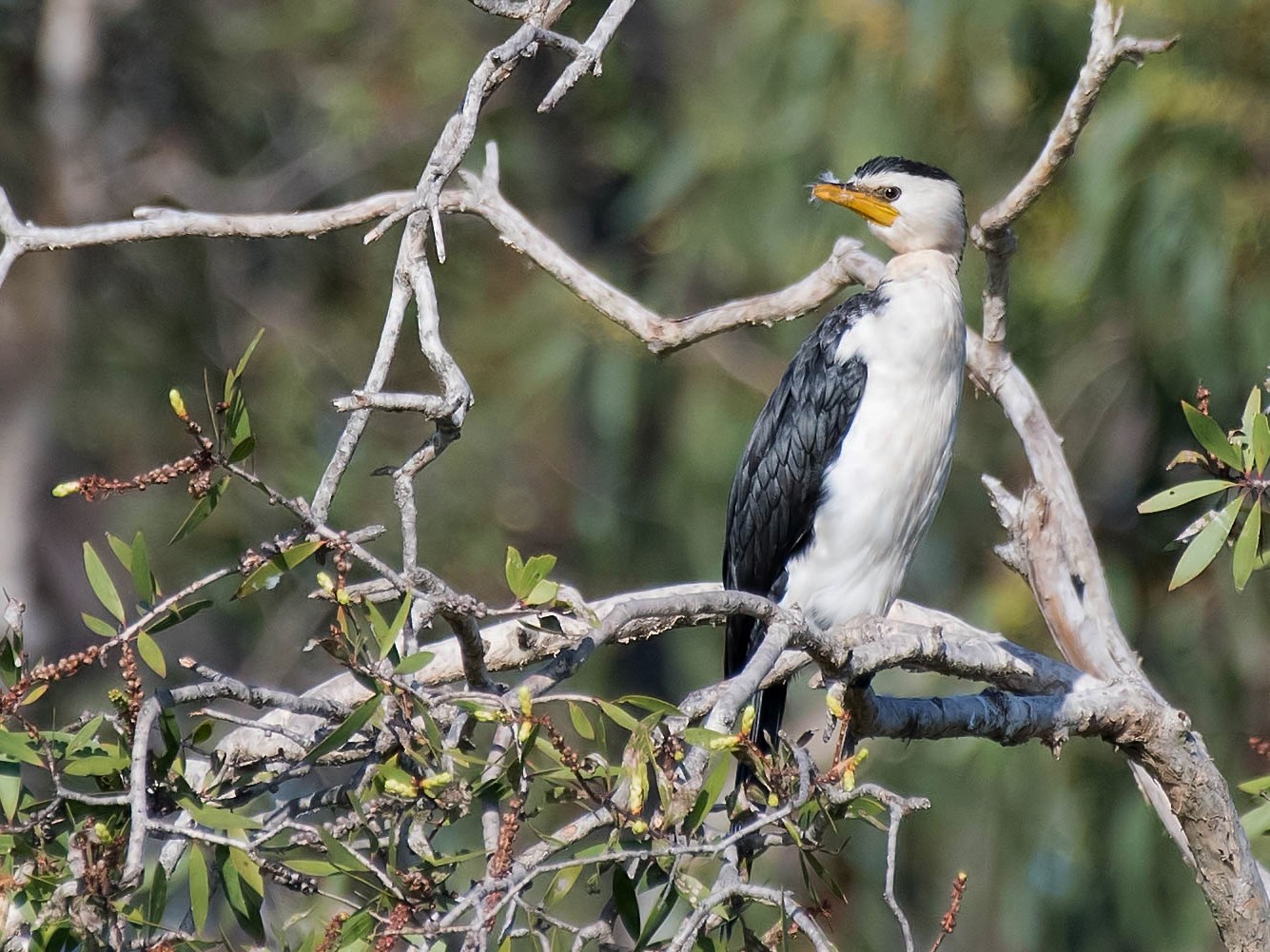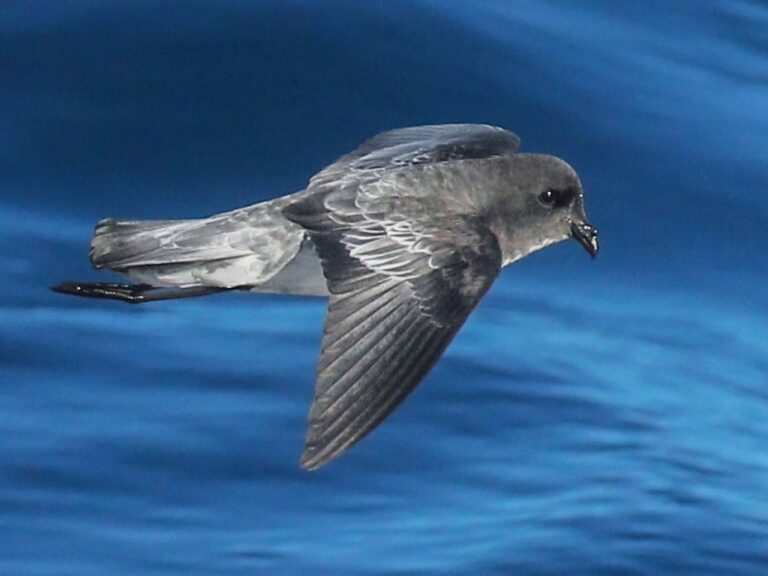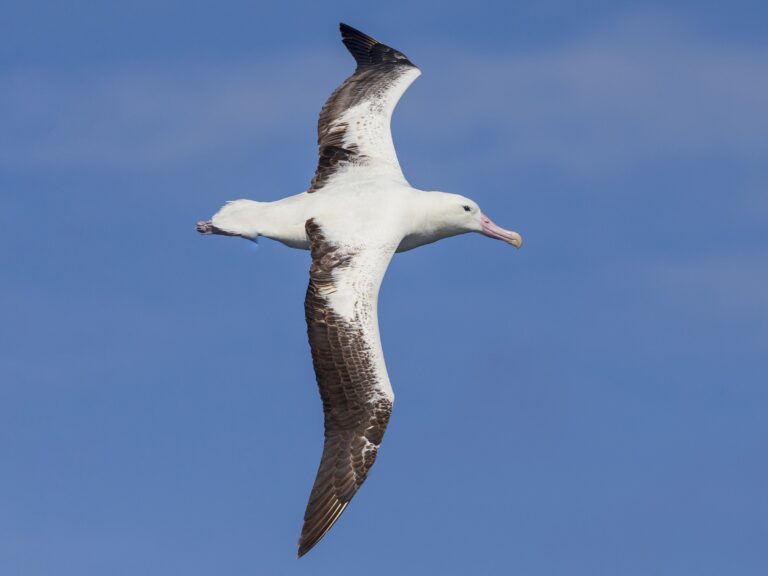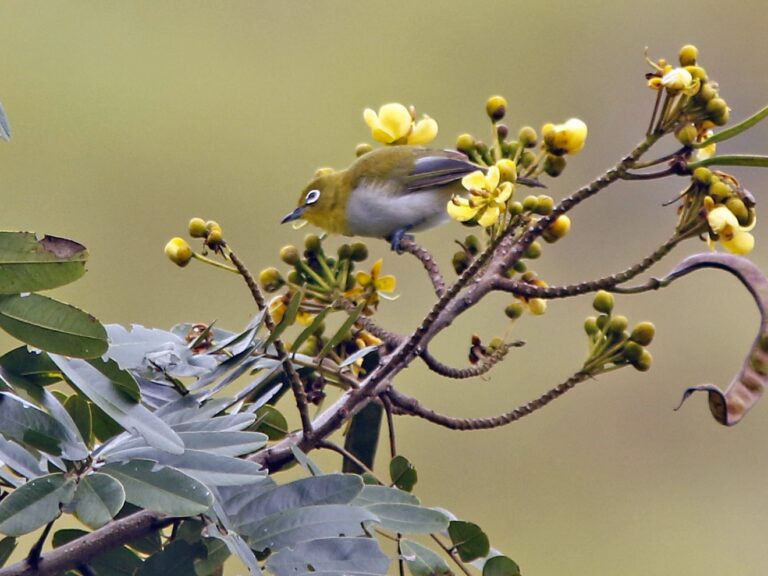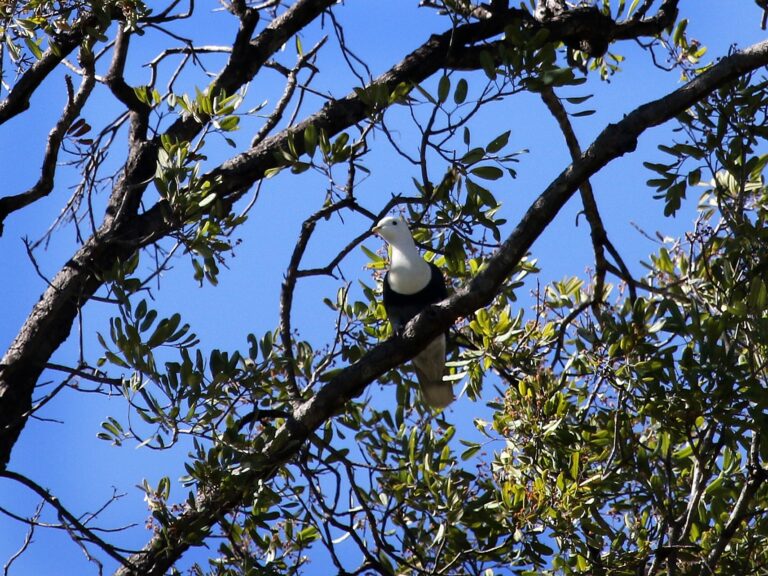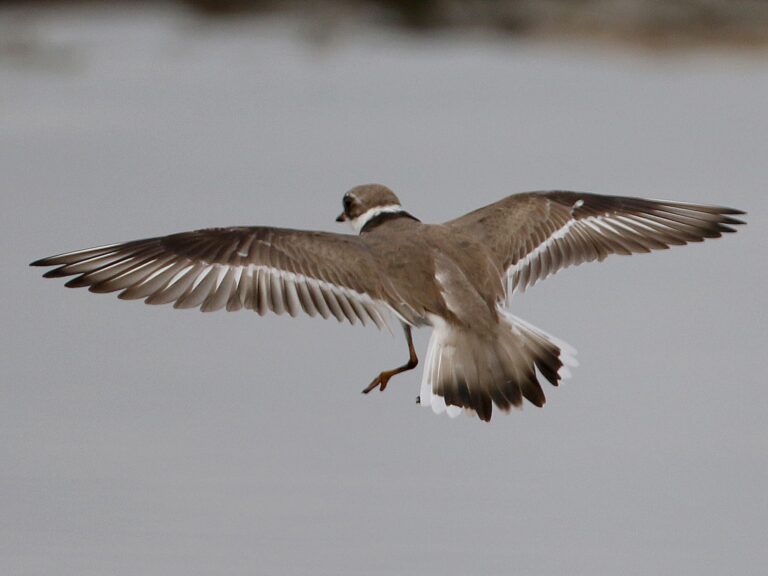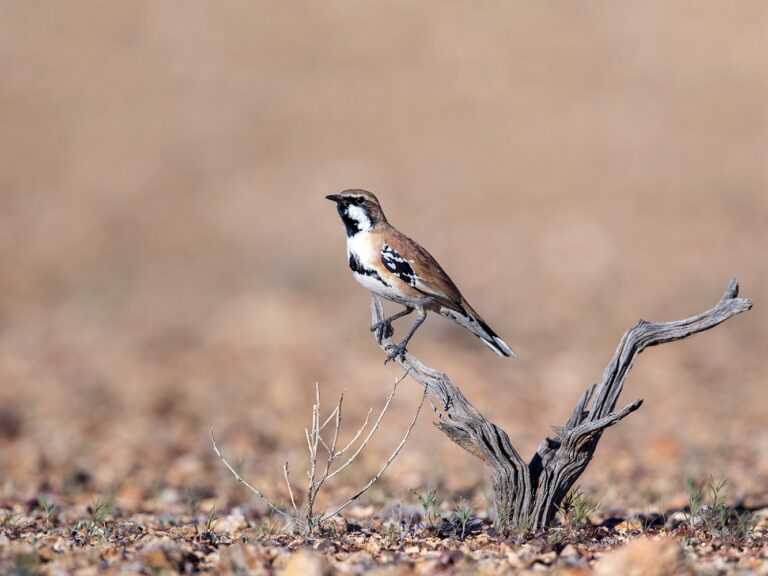Little Pied Cormorant: A Fascinating Look at the Sleek and Skilled Australian Diver
The Little Pied Cormorant is a small waterbird easily recognized by its black upper body and white underside, with a short yellow bill and a small crest.
It is one of the most common waterbirds in Australia and nearby regions, living near almost any body of water. This bird adapts well to different habitats, from rivers and lakes to coastal areas.
They feed mostly on fish and other small aquatic creatures, diving underwater to hunt.
Their size and coloring help them blend into their surroundings, making them efficient hunters. The Little Pied Cormorant’s presence is a good sign of healthy water ecosystems.
Key Takeways
- The Little Pied Cormorant has distinct black and white coloring and a short yellow bill.
- It can be found near a wide range of water bodies across Australia and surrounding areas.
- Its diet mainly consists of fish caught by diving underwater.
Physical Characteristics
The Little Pied Cormorant has a distinctive combination of colors and body features.
Its size, coloration, and bill shape all play key roles in identifying the bird accurately.
These features also help distinguish it from other similar water birds.
Size and Plumage
The Little Pied Cormorant is a small bird, measuring about 55 to 65 centimeters in length.
Its body shows a clear contrast between black and white colors.
The upper parts, including the back and wings, are entirely black.
The underside, from the chest to the belly, is white.
Adult birds have a noticeable white patch that extends above the eye, giving the face a unique look.
Some forms show a small, black crest on the head.
The plumage is sleek, helping it move easily through the water while hunting fish.
Bill and Feet Features
This cormorant has a short, thick bill that is yellow in color.
The shape of the bill fits its feeding style, allowing it to catch fish underwater efficiently.
Its bill is different from other larger cormorants, which often have longer and thinner bills.
The feet are webbed, aiding in powerful swimming.
The toes are strong and help the bird push through water rapidly.
The feet are dark, matching the bird’s overall color theme, and suit its aquatic lifestyle well.
Distinguishing From Similar Species
The Little Pied Cormorant can be confused with other black-and-white birds like the pied cormorant or the little black cormorant.
However, it has a shorter bill and a smaller size compared to these species.
Its unique white throat and underside that extend above the eye are not seen in the little black cormorant.
Unlike the pied cormorant, the Little Pied Cormorant lacks a prominent yellow throat patch.
These differences help bird watchers and researchers tell the species apart.
More details about its physical traits are available at the Little Pied Cormorant Wikipedia page.
Distribution and Habitat
The Little Pied Cormorant is found across a wide area in and around Australia, adapting to various watery environments.
Its habitats range from freshwater to coastal zones, allowing it to thrive in multiple settings.
Geographical Range
The Little Pied Cormorant lives mainly in Australia but is also found in New Zealand, New Guinea, Timor-Leste, Indonesia, and some islands in the southwestern Pacific.
The Australian population is widespread, with hundreds of colonies established across the continent.
In New Zealand, the population is estimated between 10,000 and 50,000 individuals.
This bird is common in both urban and rural areas as long as water bodies are available nearby.
Preferred Habitats
This cormorant favors a variety of wet environments.
It commonly inhabits freshwater lakes, ponds, creeks, and dams, as well as coastal estuaries and tidal flats.
It is often seen in large flocks on open waterways and along coastlines.
The bird can live successfully in saltwater and freshwater conditions.
It prefers areas with abundant fish and safe roosting spots like trees or rocks near the water.
Seasonal Movement Patterns
The Little Pied Cormorant does not have long-distance migration like some waterbirds.
Instead, it tends to move locally within its range depending on food availability and water levels.
During dry spells, it may shift to permanent water bodies where fish remain abundant.
In wetter seasons, the bird spreads out to take advantage of temporary wetlands and floodplains.
Behavior and Diet
The Little Pied Cormorant spends much of its time hunting in water and uses different methods to catch a variety of aquatic prey.
It feeds on many creatures, showing skill in capturing animals both underwater and near the surface.
Foraging Techniques
The Little Pied Cormorant often hunts alone or in small groups.
It swims underwater, using its strong legs and webbed feet to chase prey.
It can dive and stay submerged to catch fish, eels, and crustaceans.
Sometimes, the bird surfaces to swallow its catch or places fish on the water’s surface to reposition it for easier swallowing.
It uses its sharp beak to grasp slippery prey.
The bird is patient and skillful, often waiting near the water’s edge or diving repeatedly in one spot to find food.
Hunting times vary but mostly happen during the day when visibility is best.
Dietary Preferences
The diet mainly includes fish, eels, and aquatic insect larvae.
It also eats small crustaceans like shrimps and freshwater crayfish.
The Little Pied Cormorant adapts its food choices based on availability, taking whatever aquatic animals are easiest to catch.
Its prey list includes species from different water habitats, such as ponds, rivers, and coastal areas.
Insects and their grubs also form a significant part of its diet, especially when fish are less abundant.
This varied diet helps the bird survive in many environments.
For more details on diet and behavior, see Little Pied Cormorant’s feeding and diet facts on Animalia.bio and hunting methods on the Australian Museum.
Breeding and Reproduction
The little pied cormorant breeds once a year, timing its reproduction with changes in the environment.
It chooses specific locations and materials for nesting and follows a detailed process from courtship to incubation.
Courtship Displays
During breeding season, males perform courtship displays to attract females.
These displays involve spreading their wings and shaking their bodies to show off their feathers.
The male may also call loudly to gain attention.
Pairs often engage in mutual preening, which helps strengthen their bond.
These behaviors signal the readiness to breed and ensure both partners commit to raising offspring together.
Courtship starts as water levels rise or the local climate shifts, improving food availability.
Nesting Habits
The little pied cormorant builds its nests in trees or shrubs near water.
It gathers sticks, bark, and other plant materials to create a sturdy platform.
Nests can be simple baskets or more complex structures depending on available resources.
The choice of nesting site is usually close to water where fish are abundant.
Nests are often reused or built near other little pied cormorants, forming loose colonies.
These colonies help protect against predators by increasing group vigilance.
Egg Laying and Incubation
The female typically lays between 3 and 5 eggs.
Eggs are pale blue or greenish and slightly oval in shape.
Incubation lasts about 27 to 28 days.
Both parents take turns keeping the eggs warm during this period.
After hatching, chicks remain in the nest for 56 to 70 days before they can fly.
Parents feed the chicks by regurgitating fish and other small aquatic animals until they become independent.
The care period helps ensure young birds survive in their aquatic environment.
For more detailed breeding information, visit the Little Pied Cormorant breeding profile.
Conservation and Threats
The Little Pied Cormorant faces changes in population size due to environmental factors and human activity.
While its overall numbers are stable, local conditions can cause fluctuations.
Protection efforts focus on managing habitats and reducing harmful impacts.
Population Status
The Little Pied Cormorant is listed as Least Concern on the IUCN Red List.
Its population is stable across Australia and New Zealand, with estimates ranging from 10,000 to 50,000 individuals in New Zealand alone.
However, some areas see sharp changes in numbers due to varying water levels.
Droughts can cause declines since these birds breed only when water is available around their nesting sites.
Extreme fluctuations might affect specific colonies.
Population trends show ongoing decline in mature individuals in some places, but there is no widespread threat to the entire species yet.
Close monitoring helps track these changes over time and guides conservation actions.
Human Impact
Habitat loss and water management practices are the main human threats.
Draining wetlands and changing water flow reduce suitable breeding and feeding areas.
Pollution from agricultural runoff also harms fish populations, limiting the cormorant’s food supply.
Construction near water bodies can disturb nesting colonies, causing birds to abandon nests.
Despite these pressures, the Little Pied Cormorant adapts well to human-altered landscapes if water remains accessible.
Still, extended dry periods linked to climate change increase vulnerability.
Human activity can cause localized declines, making protection of wetlands critical for maintaining stable populations.
Conservation Initiatives
Efforts to conserve the Little Pied Cormorant focus on wetland protection and water management.
Maintaining natural water levels in lakes and rivers supports breeding and feeding habitats.
Some regions control pollution and limit development near key nesting sites.
Programs monitor population trends and breeding success to detect problems early.
Public awareness campaigns help reduce disturbance during breeding seasons.
Collaboration between government agencies and environmental groups aims to maintain habitats and address identified threats.
These measures support the bird’s resilience and ongoing stability.
For more details on threats, see Phalacrocorax melanoleucos threats and information on population status at Little Pied Cormorant Birds of the World.
Observation and Study
The Little Pied Cormorant is a small water bird easy to spot in wetland areas.
Observing its appearance and behavior helps distinguish it from similar species.
Its place in the food chain and impact on the environment are also important.
Field Identification Tips
The Little Pied Cormorant stands out with its black and white colors.
It has a mostly white underside and a stubby yellow bill.
Unlike the Pied Cormorant, it lacks the long ivory bill and the black “trousers” near the legs.
It often feeds alone, diving in shallow waters close to shore for crustaceans, fish, eels, and insect larvae.
After diving, it spreads its wings to dry, a common behavior that helps identify it in the field.
Watching for these traits—small size, wing-drying pose, and yellow bill—makes spotting this bird easier in its wetland habitat.
Role in Ecosystems
The Little Pied Cormorant plays an important role as a benthic feeder, meaning it hunts on or near the bottom of water bodies.
It helps control populations of small fish, crustaceans, and insect larvae, maintaining balance in aquatic ecosystems.
By feeding on these species, it impacts the food web and supports water health.
Its success in breeding, with many nesting attempts leading to young leaving the nest, also supports local biodiversity.
This bird’s presence indicates a healthy wetland environment and makes it a species of interest for ecological studies.
Its feeding habits influence the availability of prey for other animals and contribute to nutrient cycling in water systems.
More details on feeding habits and identification can be found in expert guides.
Frequently Asked Questions
The Little Pied Cormorant is known for its distinct physical traits and size. It lives in various water habitats.
What distinguishes the Little Pied Cormorant from other cormorant species?
It is smaller and has a black upper body with white underparts. This contrasts with many other cormorants, which are usually darker all over.
What is the average lifespan of a Little Pied Cormorant?
Little Pied Cormorants typically live around 6 to 10 years in the wild. Exact numbers can vary with environment and conditions.
How can you identify a Little Pied Cormorant in the wild?
Look for its black upperparts and white belly. It often perches with wings spread out to dry after fishing.
What is the typical size range for a Little Pied Cormorant?
Adults measure up to about 58 centimeters (23 inches) long. This makes them one of the smaller cormorant species.
What are the common habitats of Little Pied Cormorants?
They live in both fresh and saltwater environments. This includes lakes, rivers, estuaries, and coastal waters across Australia.
Do Little Pied Cormorants exhibit any unique behaviors?
They are skilled hunters that dive underwater for fish.
They also tend to form small colonies during breeding or resting.
See more on Little Pied Cormorant at Australia Zoo.
